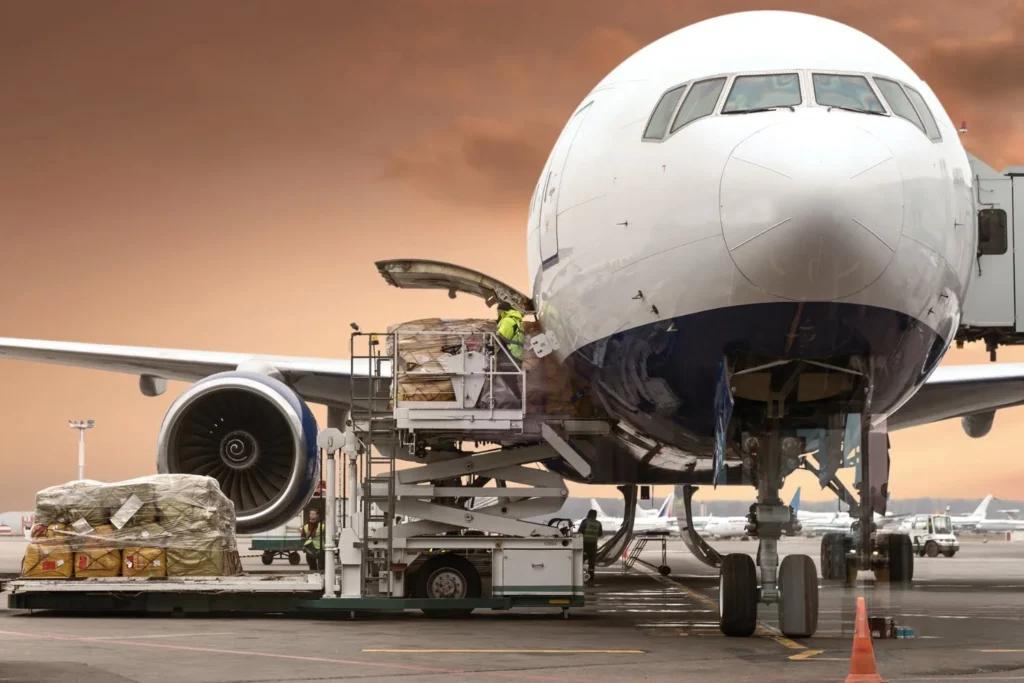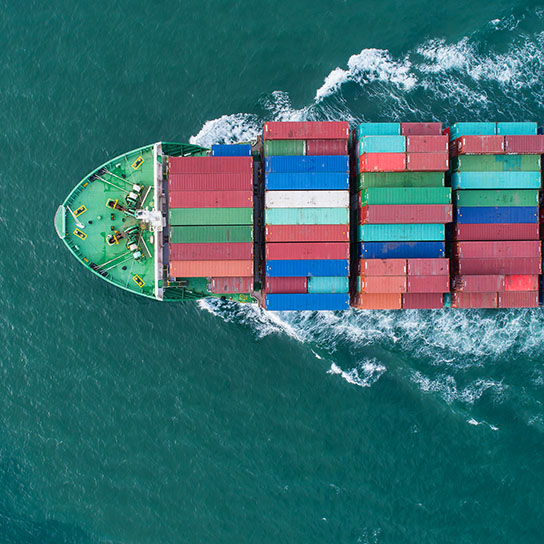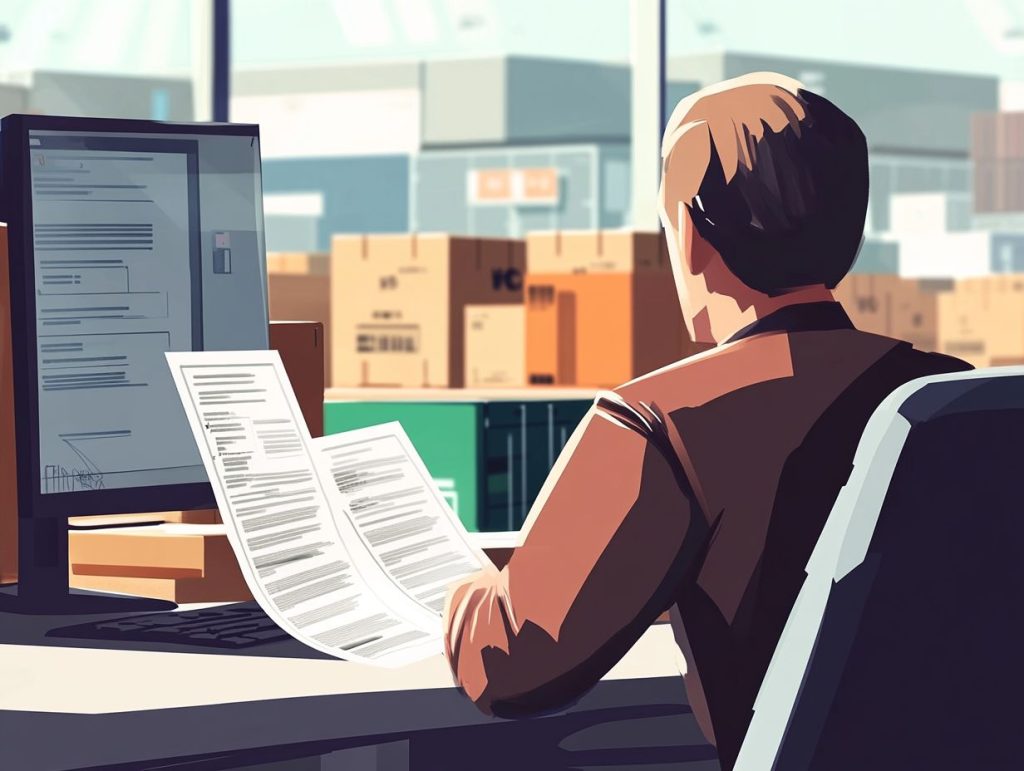When planning cross-border trade, understanding how long does it take to ship electronics from China to UK is crucial for efficient logistics. The duration depends on the transportation method, customs processing, and shipping season. Whether you’re shipping smartphones, laptops, or industrial electronics, choosing the right freight option ensures timely delivery and reduced cost.
Key Factors Affecting Delivery Time
Several factors influence total transit time between China and the UK:
- Transport mode: air, sea, rail, or express courier.
- Route and distance: via Suez Canal or Central Asia.
- Customs clearance time: may add 1–3 days.
- Cargo type: sensitive electronics need extra inspection.
- Seasonal demand: peak times like Christmas cause delays.
Moreover, effective logistics planning helps prevent unexpected hold-ups. Choosing a dependable forwarder can reduce shipping time by up to 15%.
Transit Time Comparison by Shipping Method
Each shipping method varies in speed, cost, and suitability for different electronics. The table below compares them clearly:
| Shipping Method | Transit Time | Average Cost (per CBM or kg) | Best Use | Drawbacks |
|---|---|---|---|---|
| Air Freight | 5–10 days | USD 6–10/kg | Urgent, valuable electronics | Expensive |
| Sea Freight (FCL/LCL) | 30–45 days | USD 40–80/CBM | Large bulk shipments | Slow transit |
| Rail Freight | 18–25 days | USD 80–120/CBM | Balanced cost/speed | Limited routes |
| Express Courier (DHL/UPS) | 3–7 days | USD 10–20/kg | Small parcels | High cost per kg |
Additionally, combining air and rail options can shorten lead times while maintaining moderate expenses.




How Air, Sea, and Rail Freight Work
Air Freight
Air transport from Shenzhen, Guangzhou, or Shanghai to London Heathrow or Manchester offers the fastest turnaround.
- Direct flights: 3–5 days
- Transit flights: 5–10 days
Although costly, it’s the best for urgent electronics like laptops and phones.
Sea Freight
Sea routes are slower but economical.
| Route | Port of Origin | UK Port | Transit Time |
|---|---|---|---|
| Shanghai → Felixstowe | Shanghai | Felixstowe | 32–38 days |
| Ningbo → Southampton | Ningbo | Southampton | 34–40 days |
| Shenzhen → London Gateway | Yantian | London Gateway | 30–35 days |
Rail Freight
The China–Europe Express connects Xi’an, Chengdu, Chongqing to the UK via Poland and Germany.
- Transit time: 18–23 days
- Ideal for: routers, components, mid-value goods
Moreover, rail is 50% greener than air and 30% faster than sea.
Customs Clearance and Required Documents
Proper documentation ensures smooth delivery and prevents fines. The UK requires several forms for electronic imports:
| Document | Purpose |
|---|---|
| Commercial Invoice | Declares product details and price |
| Packing List | Specifies quantities and sizes |
| Bill of Lading / Air Waybill | Proof of shipment |
| Certificate of Origin | Confirms manufacturing source |
| Import Declaration (UK) | For customs entry |
| CE/UKCA Certification | Validates product compliance |
Additionally, incomplete documents can cause 2–5 days of delay, so pre-verifying all paperwork is vital.

Real Shipping Case Studies
Case 1: Air Freight – Shenzhen to London
Goods: 500 gaming laptops (2 tons)
Transport: Air freight via Shenzhen–Heathrow
Transit Time: 6 days
Cost: USD 9/kg
Result: Delivered before UK product launch
Case 2: Rail Freight – Xi’an to Birmingham
Goods: 100 routers (5 CBM)
Transport: China–Europe Express
Transit Time: 21 days
Cost: USD 110/CBM
Result: Arrived 35% faster than by sea
These examples illustrate how mode selection affects both speed and cost.
Cost and Time Optimization Strategies
To shorten delivery time and save money, follow these practical steps:
- Book early to secure space during peak seasons.
- Use digital freight platforms for instant rate comparison.
- Consolidate shipments to minimize customs checks.
- Pre-clear customs using electronic submission.
- Work with experienced forwarders for sensitive electronics.
Furthermore, scheduling production around shipping availability prevents idle inventory and late delivery.
Pros and Cons of Each Transport Method
| Method | Pros | Cons |
|---|---|---|
| Air Freight | Fast, safe, minimal damage risk | High cost |
| Sea Freight | Economical, ideal for bulk | Long duration |
| Rail Freight | Balanced, eco-friendly | Limited schedule |
| Courier | Door-to-door convenience | High price per kg |
Overall, air freight suits urgent electronics, while sea freight fits large volumes. Rail freight bridges the gap efficiently.
Trends in China–UK Electronics Logistics
Modern logistics increasingly rely on AI-based route planning and blockchain tracking for better visibility. Moreover, the UK’s green import strategy promotes rail and intermodal transport to reduce emissions.
Interestingly, many electronics manufacturers now use multi-route shipping—sending 60% by sea for cost savings and 40% by air for urgent deliveries. This blended model keeps inventory flowing smoothly while cutting costs by up to 20%.
Conclusion
In conclusion, how long does it take to ship electronics from China to UK depends primarily on your transport mode and customs process. Air freight ensures rapid delivery, sea freight provides the best value for large orders, and rail freight offers a perfect balance.
Ultimately, with strategic planning and professional logistics support, your electronics can reach the UK securely, on time, and within budget — strengthening your supply chain efficiency.
Request a Quote
Need a tailored solution for your shipping from China?Let TJ China Freight Forwarder assist you with reliable, cost-effective service.
FAQ:
Q1.How can I reduce shipping time for electronics from China to the UK?
Choose air or rail freight, complete customs paperwork early, and use digital tracking to shorten total transit time effectively.
Q2.Do weather conditions affect electronics shipping schedules?
Yes, storms or typhoons may delay sea freight schedules, especially around South China ports during summer months.
Q3.Can I combine sea and air freight for faster electronics delivery?
Yes, hybrid sea-air shipping shortens transit time by 30% while maintaining moderate logistics costs.
Q4.What packaging is best for electronic exports to the UK?
Use anti-static foam, sealed boxes, and moisture-resistant wrapping to protect electronics during long-distance international shipping.
Q5.Is insurance required for high-value electronics shipments?
Indeed, cargo insurance is strongly recommended to cover loss, theft, or damage during international transit.

